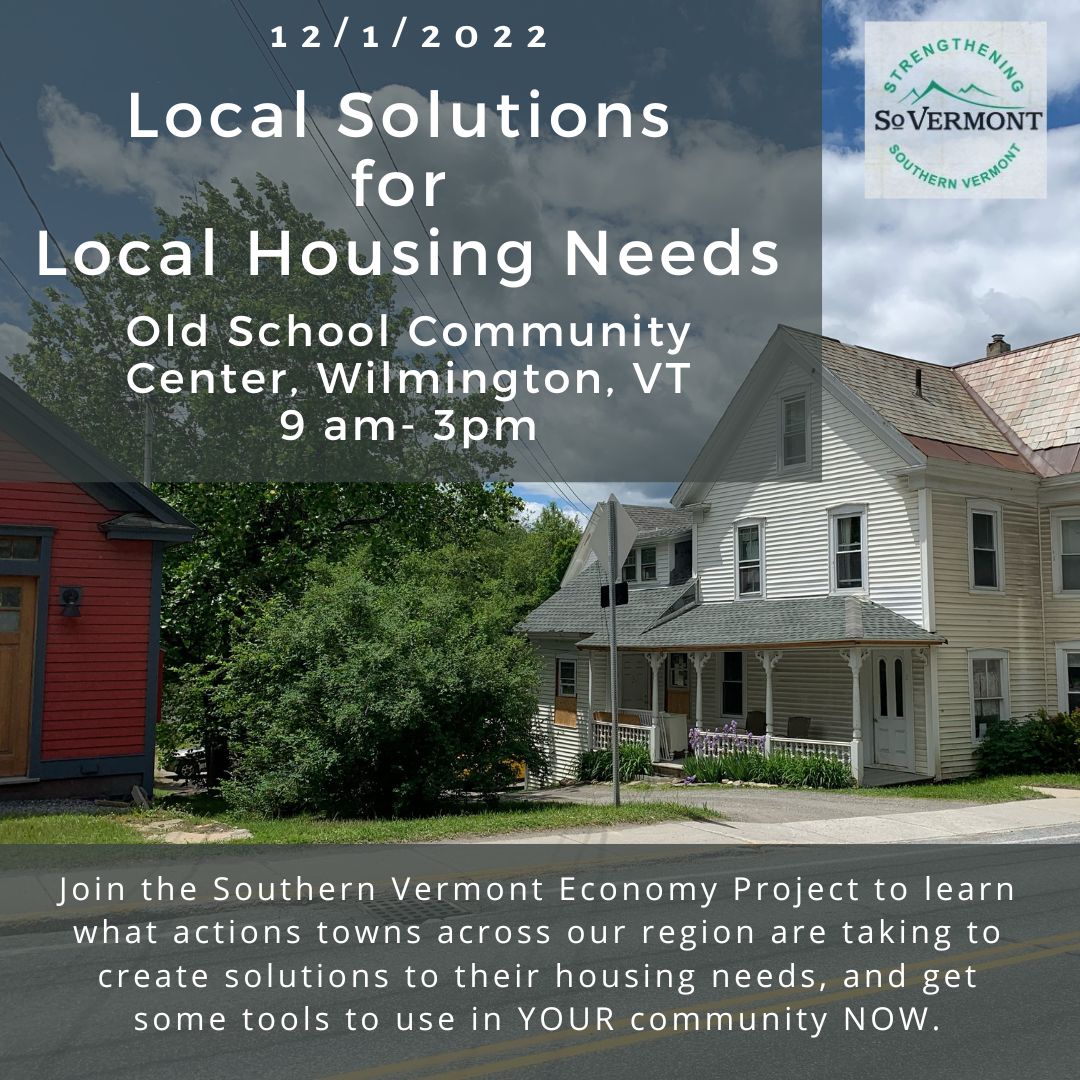
OP ED: Economic development – the Vermont way
By Adam Grinold
For some, the term economic development bears a negative connotation, as if someone picked a winner and therefore someone else must lose. But economic development is not a zero-sum game. Done well, we all benefit. Done badly or not at all, it is also possible for everyone to lose.
Last December, Brattleboro Development Credit Corporation (BDCC) created a public private partnership to assist Long Falls Paperboard in purchasing the former Neenah Paper Plant. This critical project allowed the Windham Region to celebrate retaining 100 jobs with above average compensation. “But for” this effort, 100 people would have been terminated Jan. 1 and a giant facility would be losing value, undermining local and statewide property taxes. The impact of retaining 100 jobs has indirect and induced benefits too: Another 97 jobs exist because of the plant. This is a case where “opportunity costs” made it clear that averting closure required action and investment. We knew what was at stake if we failed to act.
These numbers look modest in comparison to the recent and widely publicized Amazon relocation deal. Vermont’s economic growth is built on small- to medium-size businesses. Many economic principles are the same as in large economies. We measure the potential gains of an economic development project against what it will cost to make it happen, versus the opportunity cost of not doing it. The gains must be clear, but that doesn’t mean the “cost” is zero. Rural economic development also brings special challenges. Generally, facility expansions don’t “pencil out” — they cost more than they are worth. Therefore, banks won’t finance, regardless of other benefits like job or wage growth. That’s where the public sector comes in.
Economic development, done well, increases regional stability and wages, empowers individuals and communities, and protects our tax base. Here’s how incentives, the Vermont way, play their part. Vermont has adopted a smart approach and a cautious, rigorous system to focus incentives. In the case of the Vermont Employment Growth Incentive (VEGI), it is only for those who pay a minimum threshold wage, offer at least three forms of benefits and positions that increase employee skills, wages and in most cases, add jobs. Additionally, employers must exceed their industry’s expected growth rate and certify that this growth and investment would not occur without (“but for”) the incentive. If they meet these thresholds they then complete an application process and secure board approval. Detailed annual reporting is required through the life of the incentive with no payment unless targets are met and maintained.
Vermont’s Agency of Commerce and Community Development, the twelve Regional Development Corporations (RDCs), and our local partners have few tools at our disposal to increase prosperity for Vermonters. We use those limited incentives with laser focus on high-growth, high-wage, high-demand sectors to ensure the best return for our communities. Incentives are designed to pay for themselves through the requirement of new value created. Given the limited dollars Vermont economic development professionals have to leverage, we are highly motivated to spend wisely to produce great outcomes. Economic development dollars quietly support so many great things like helping youths train for healthcare careers, enabling manufacturers to expand and hire more people, or cleaning up industrial properties to be safe and productive for years to come.
We all love to celebrate the winners; those who make the impossible possible, companies that exemplify the Vermont brand. Yet, the VEDA loan or the TIF District impacts, or USDA RBEG grant that made growth possible are often overlooked. Looking around Vermont, one will find hundreds of businesses that have been helped by the partnership between the network of RDCs, the VT Department of Economic Development, and local economic development professionals accessing local, regional, state, and federal incentives and programs. I wish everyone could see the stories underneath the successes, to understand the inputs, small and large, that have made such a difference over time in our economy.
Amazon’s recent Long Island City exit has spawned an important conversation about income inequality, and the need for fair incentives that give back to create opportunity and healthy communities. But if the takeaway message is that the only good incentive is a dead incentive, we are in trouble. We need tools to push back against national trends harming people’s economic mobility. Without effective economic development, Vermont will get what rural areas get by default; stagnant growth, outward migration of our young people, and a tax base unable to support basic government services and infrastructure. That disinvestment would amount to doubling down on a system built on winners and losers.
Alternatively, government spending and community action can support new business and business expansion — bringing new jobs and wages, impacting real families in real towns across Vermont. Economic development is not a zero-sum game. It is cautious strategies that grow and sustain what we love most about being Vermonters, our vibrant communities. Let’s work together to support economic resiliency the Vermont way.
Adam Grinold is executive director of the Brattleboro Development Credit Corporation and president of the Regional Development Corporations of Vermont.



